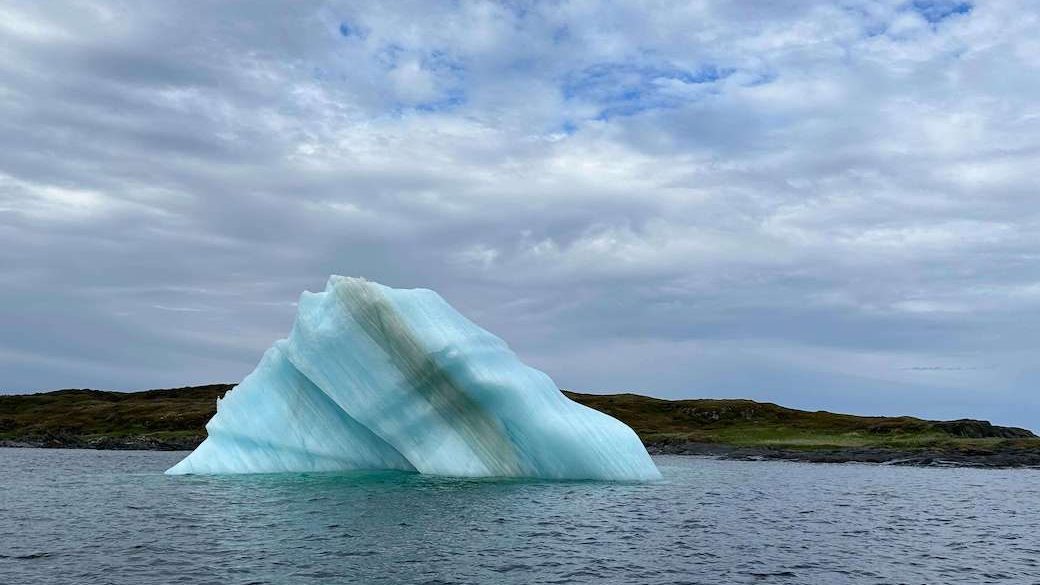The prime season for iceberg viewing in Newfoundland is in May and June. We joined in the excitement this year (2024).
The sea ice in Baffin Bay on the west coast of Greenland melts in spring, and the resulting icebergs move southward with the Labrador Current, along the so-called “Iceberg Alley”. They cross the entire Labrador Sea and join the warm North Atlantic Current to the east of Newfoundland. The iceberg that sank the Titanic near the southeast corner of Newfoundland could be considered a distant relative of the icebergs we saw!
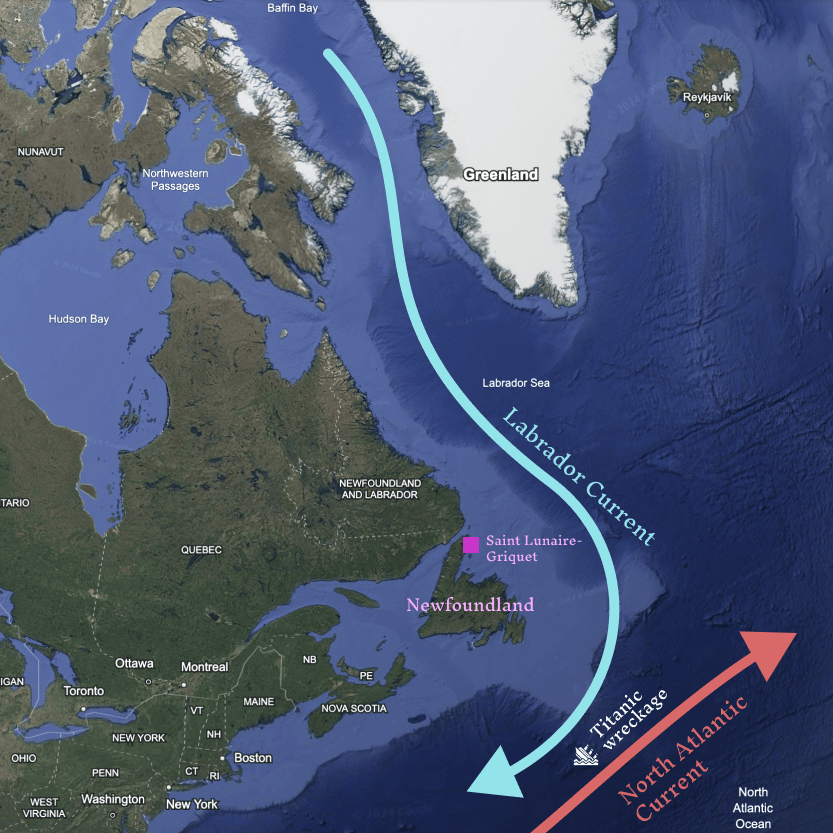
We visited Newfoundland in June, but during another trip just a month earlier, we happened to fly over the polar region of Canada’s East Coast and saw some sea ice near the starting point of the “Iceberg Alley.” It was quite spectacular.
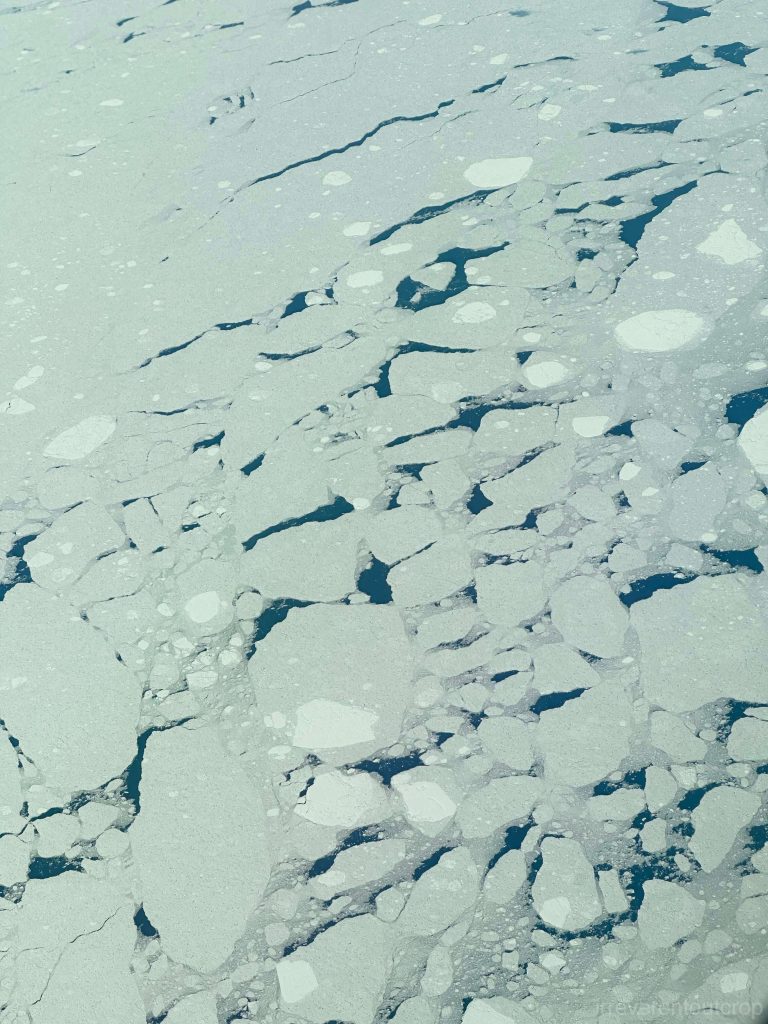
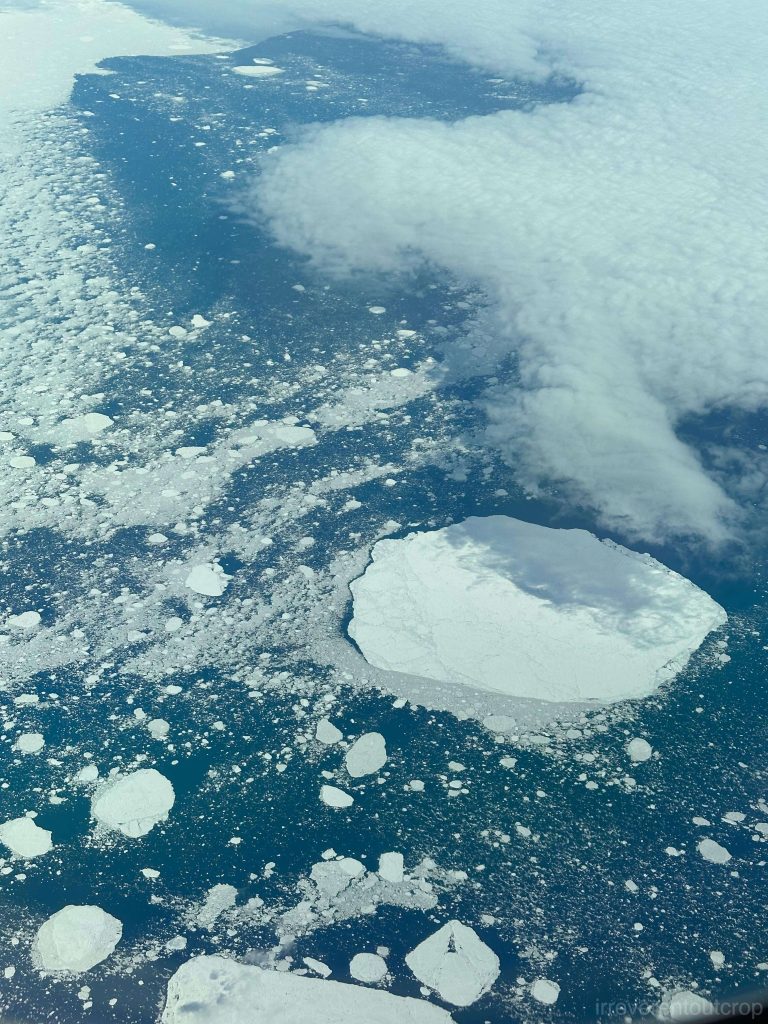
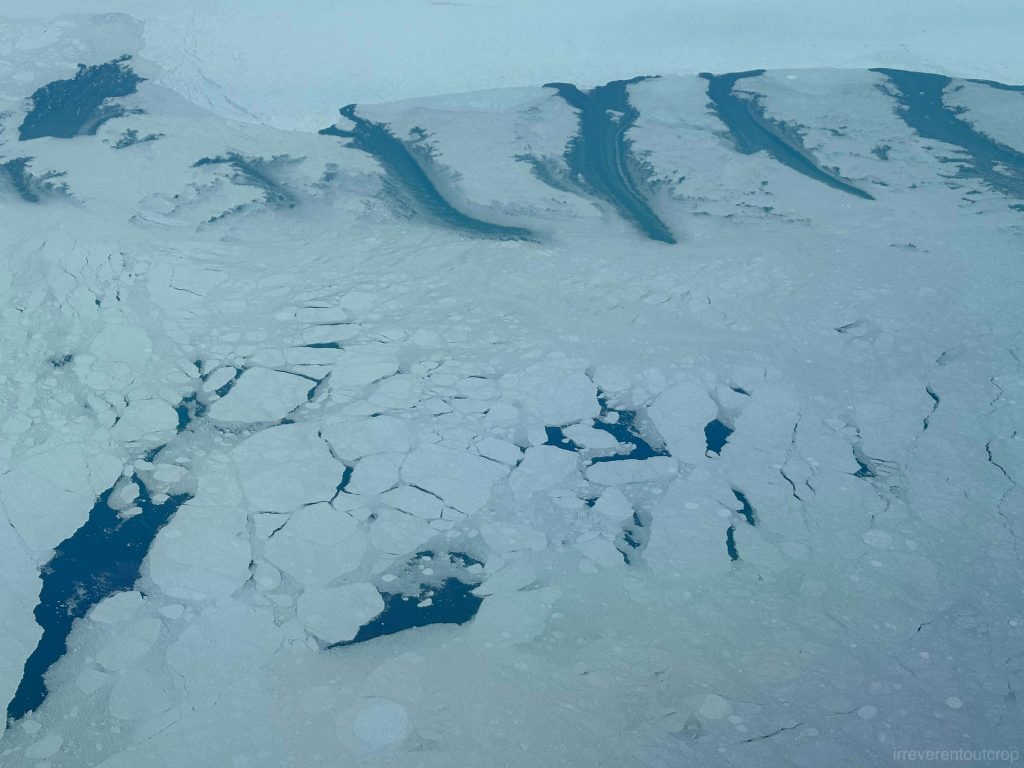
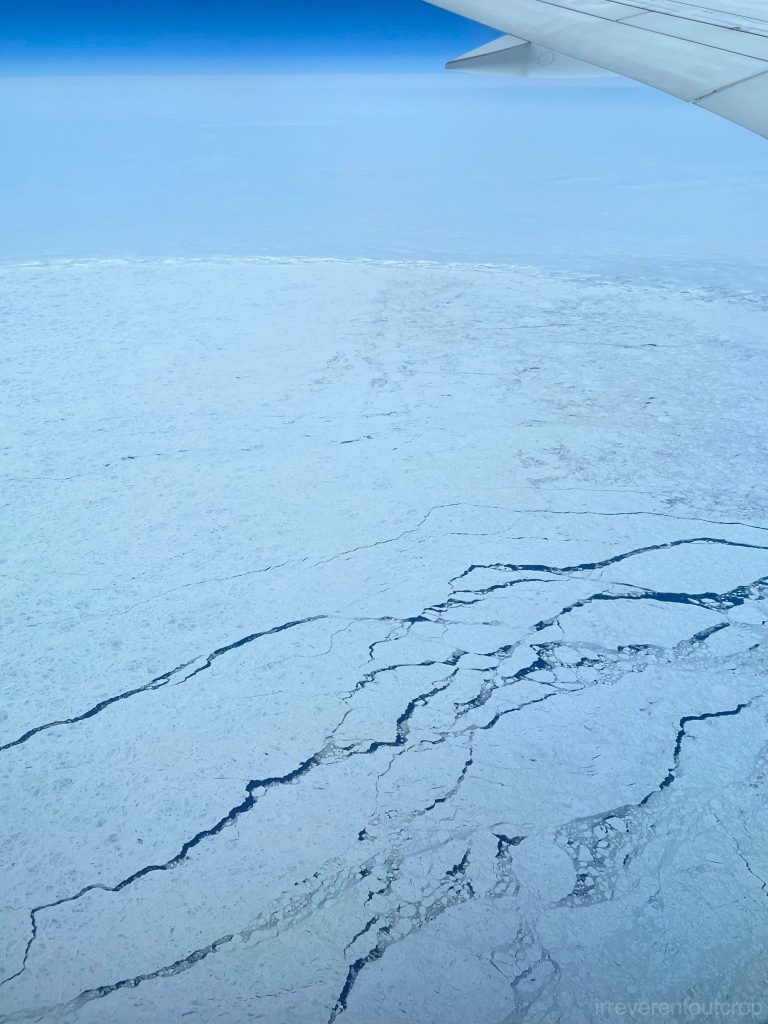
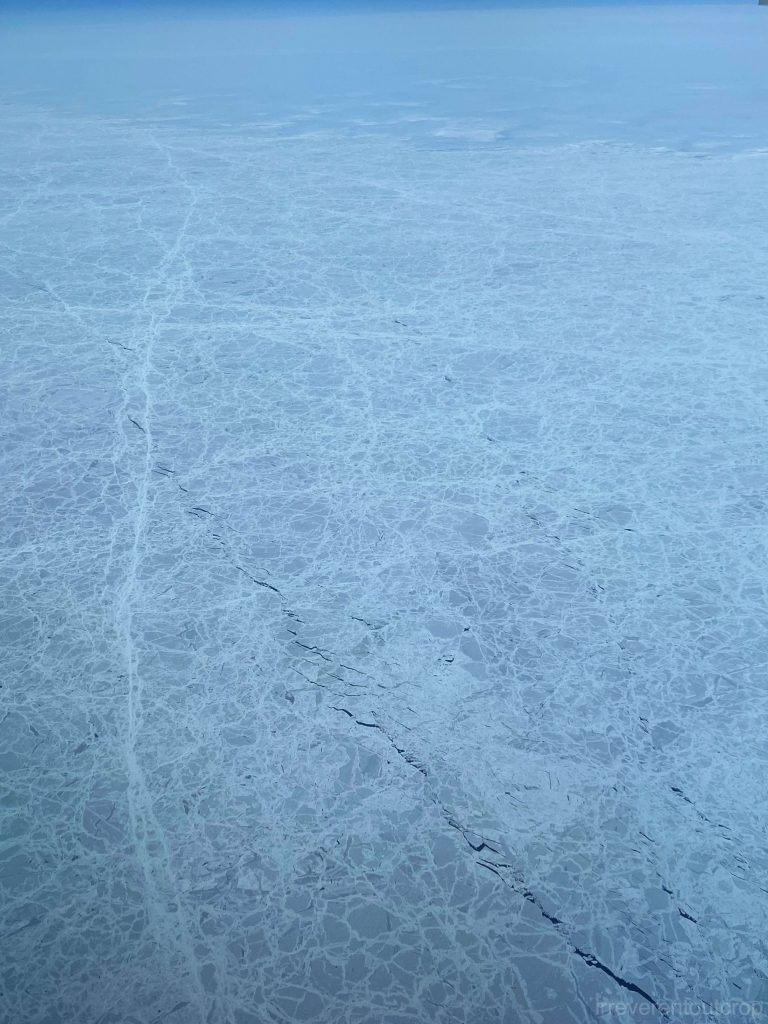
Mid-June marks the tail end of iceberg season and the beginning of whale season. I think it was a perfect time to visit—killing two birds with one stone.
We flew into Deer Lake Airport and then drove west. After visiting the freshwater fjords of Gros Morne on Day 1, we made our way north to the town of Saint Lunaire-Griquet.
A blue iceberg was even visible from our Airbnb in Saint Lunaire-Griquet. It appeared flat in the morning, but when we returned to see it again after lunch, we noticed it had already drifted away and tilted.
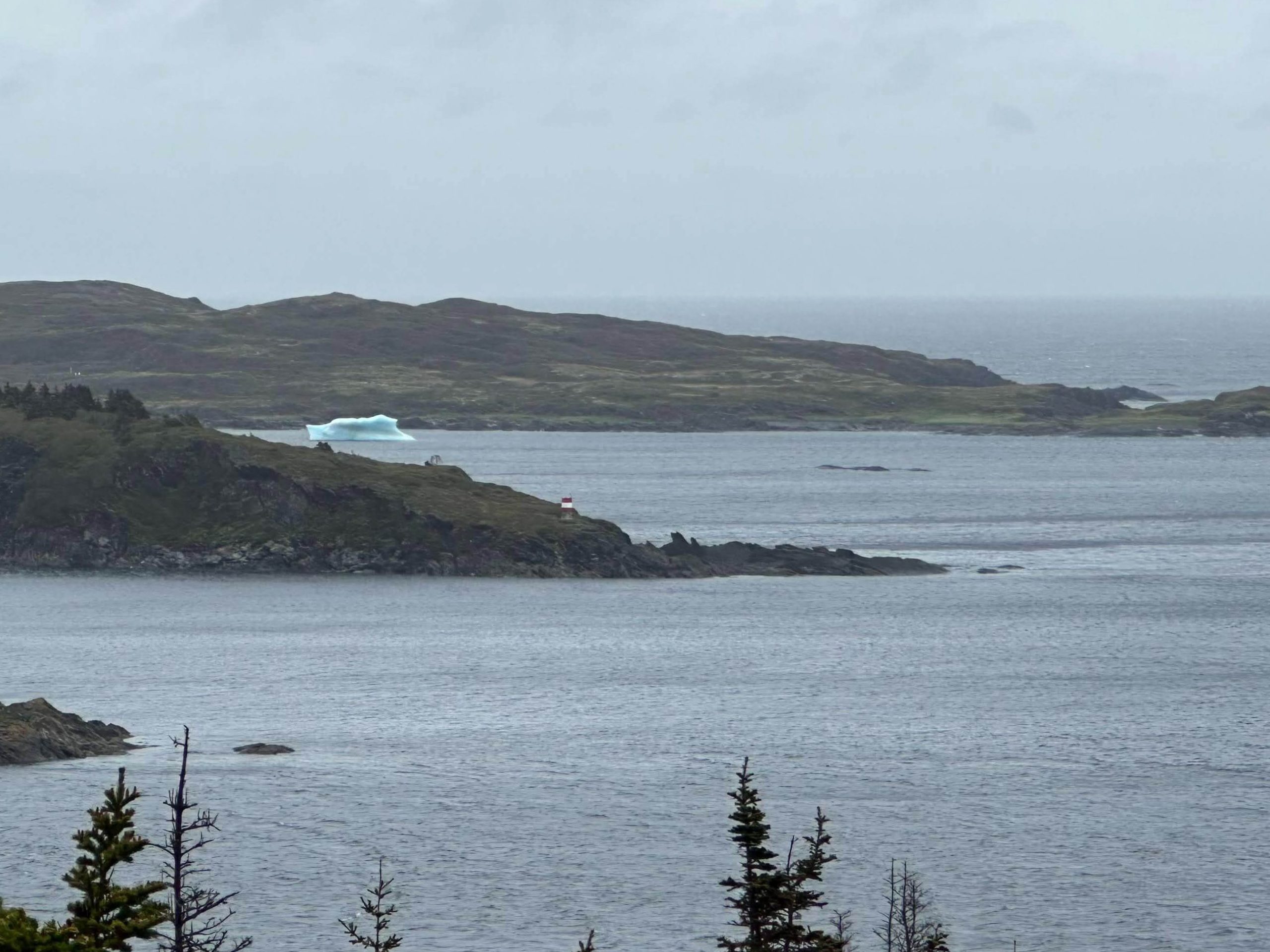
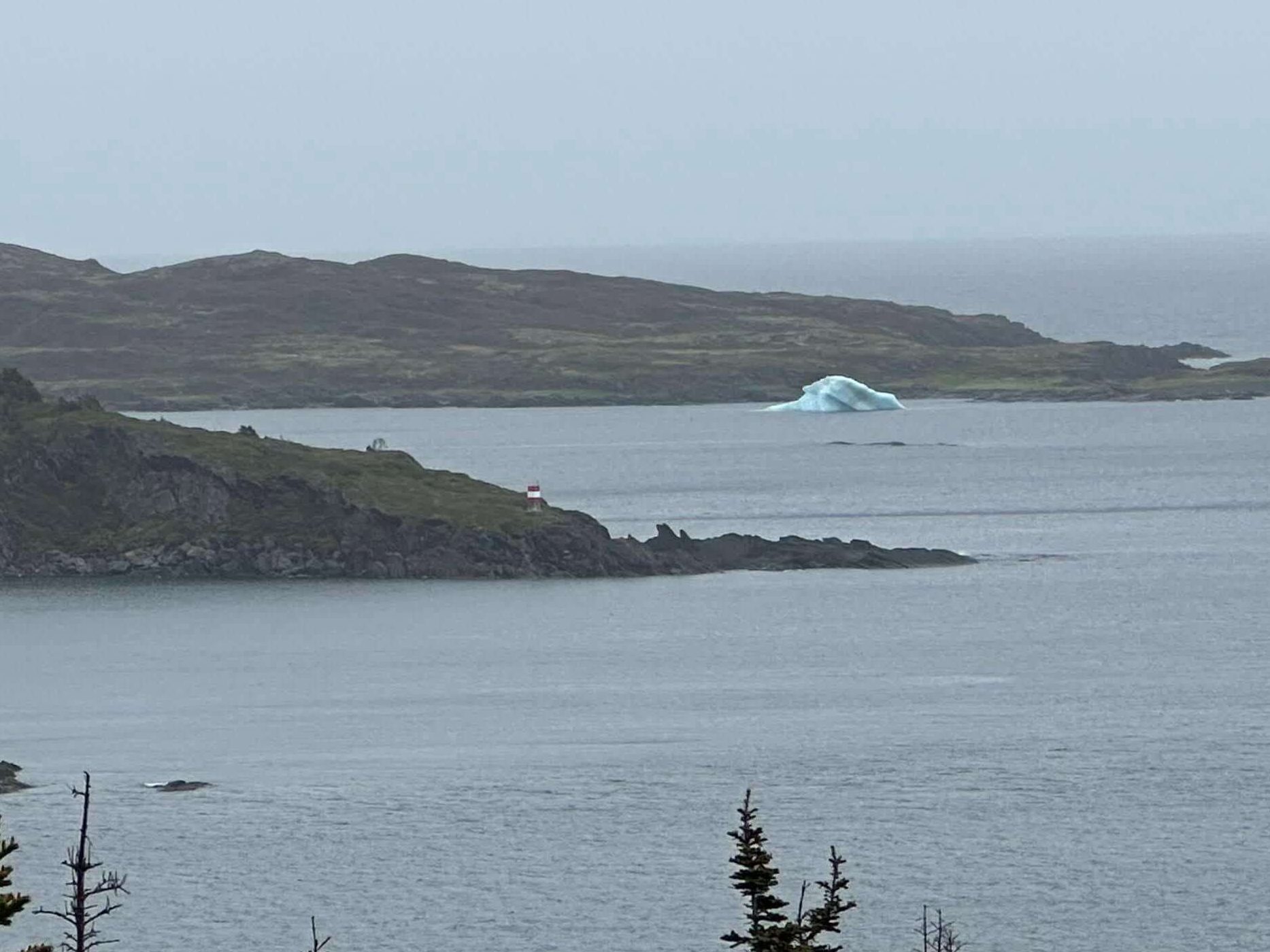
Later that day, we went out on a boat trip and got a close-up view of some icebergs, including this blue one. Its color was a deep, rich blue. The captain explained that a blueish hue indicates the ice formed near the center of an ice shelf or glacier, where there are fewer air bubbles and the ice is much older—ranging from 15,000 to 30,000 years old. In contrast, icebergs that break off from the edges of ice shelves usually have more air bubbles inside and are typically around 10,000 years old.
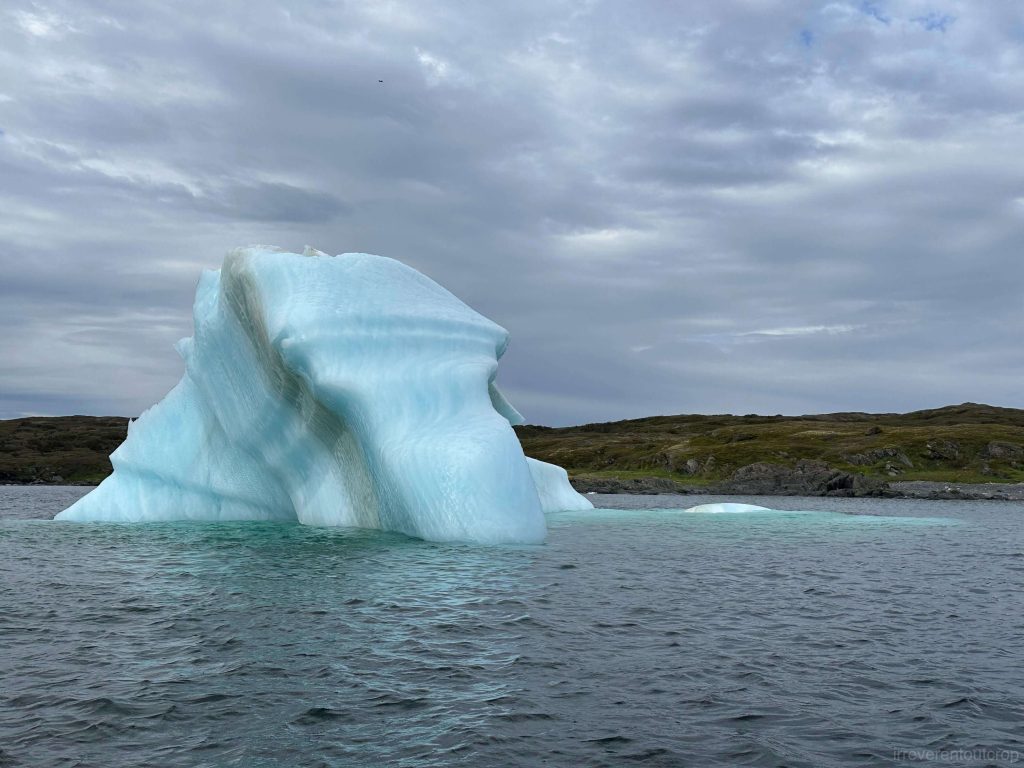
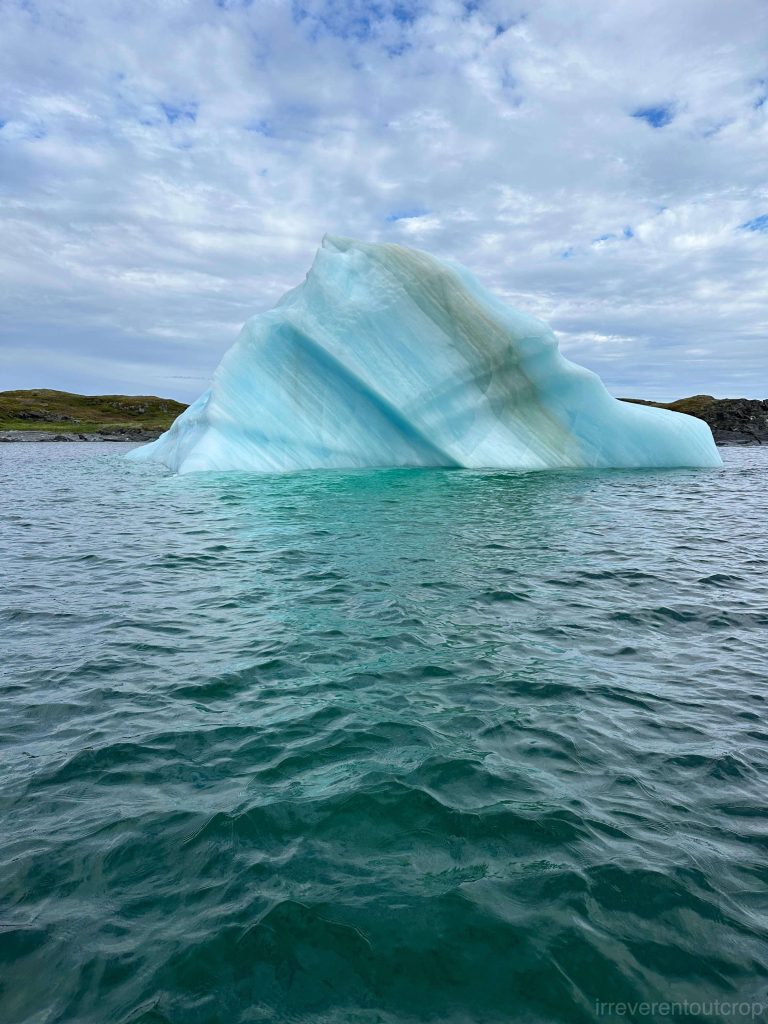
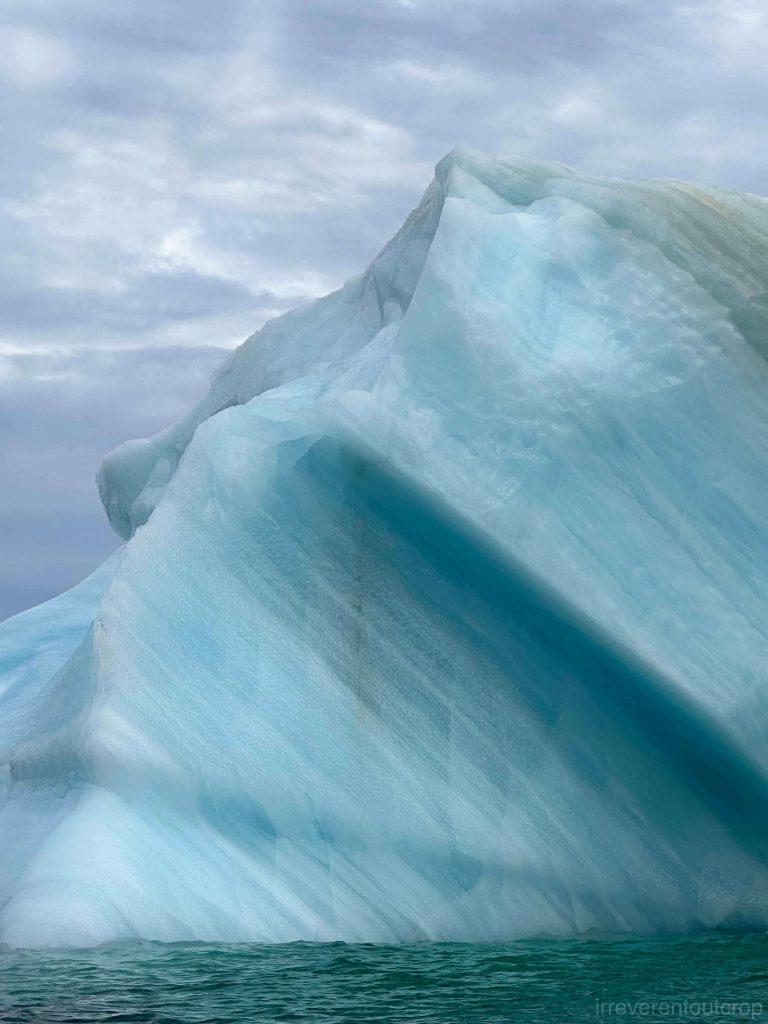
Then we went to see a dome-shaped iceberg a bit far from the coast. It sparkled in the sunlight, and the part above the water seemed to be more than 10m (30ft)) high, with a width of approximately 40-50m (130–160ft).
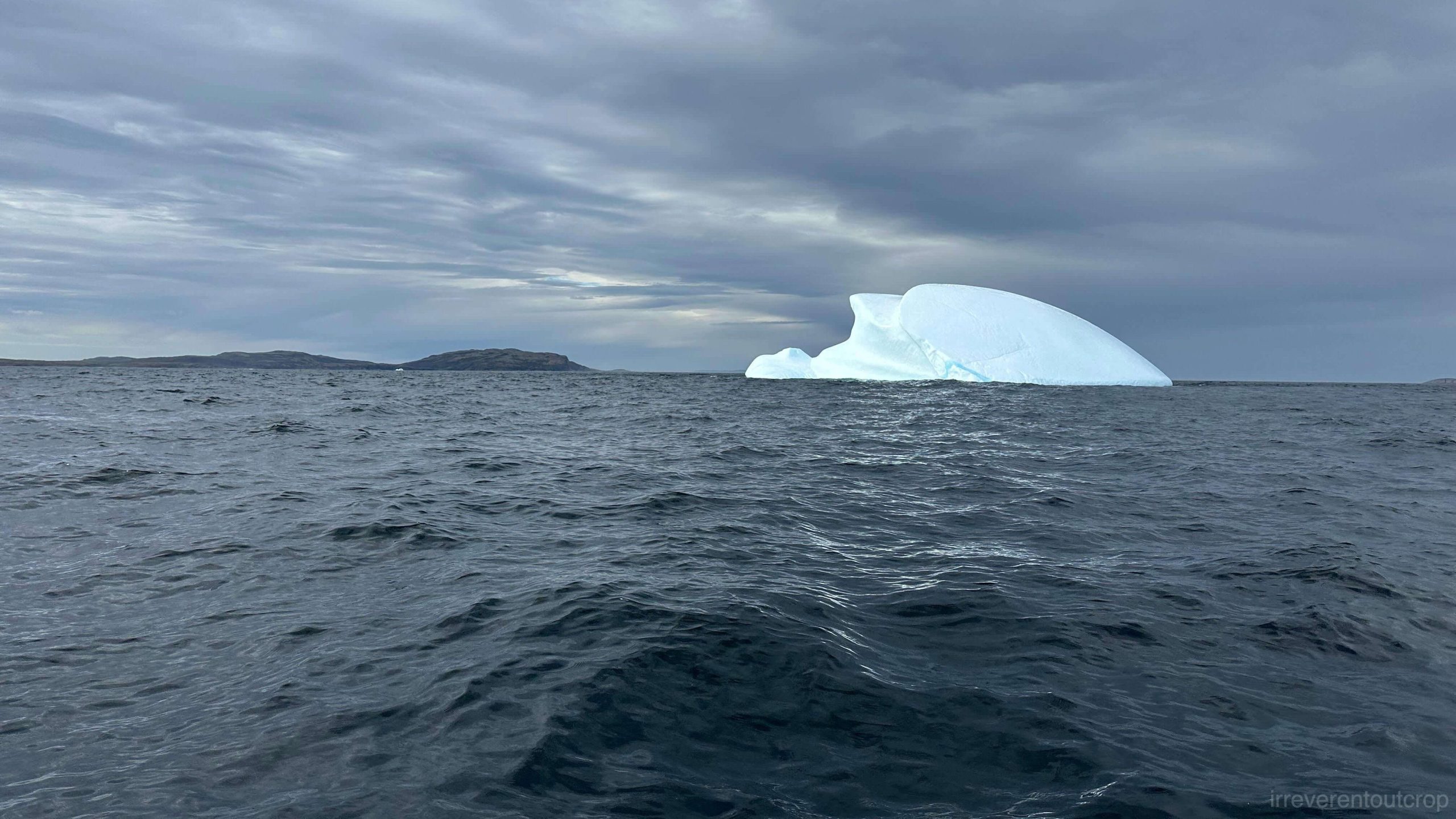
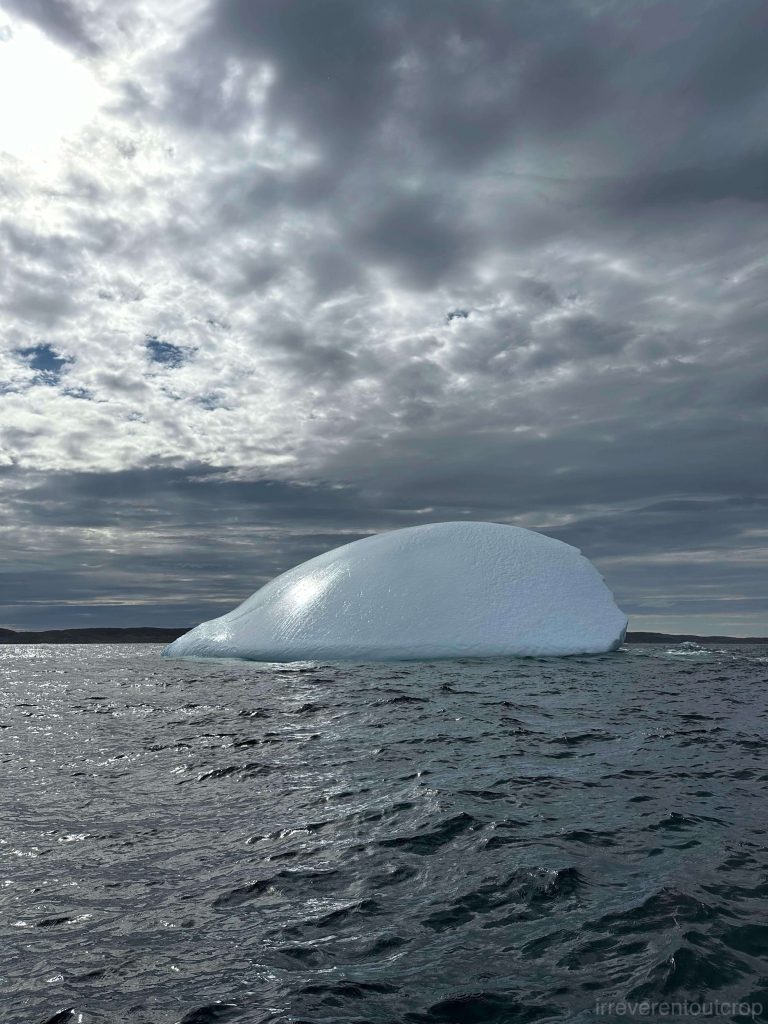
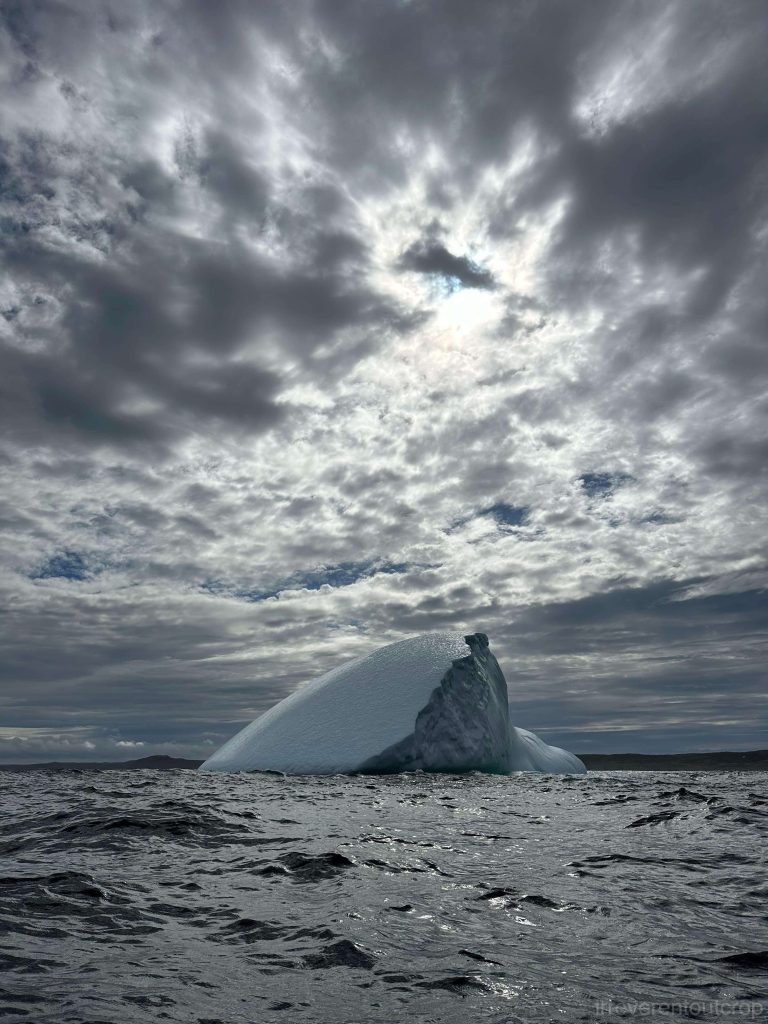
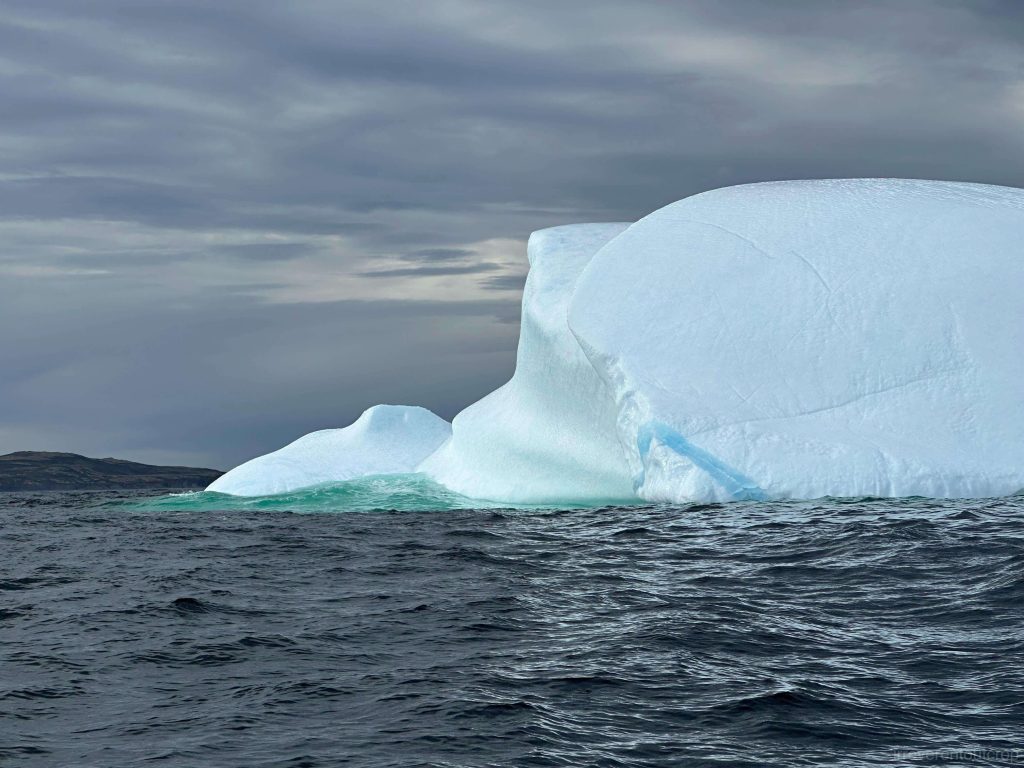
There were also “dry dock” shape icebergs, characterized by a U-shaped groove near the water level.
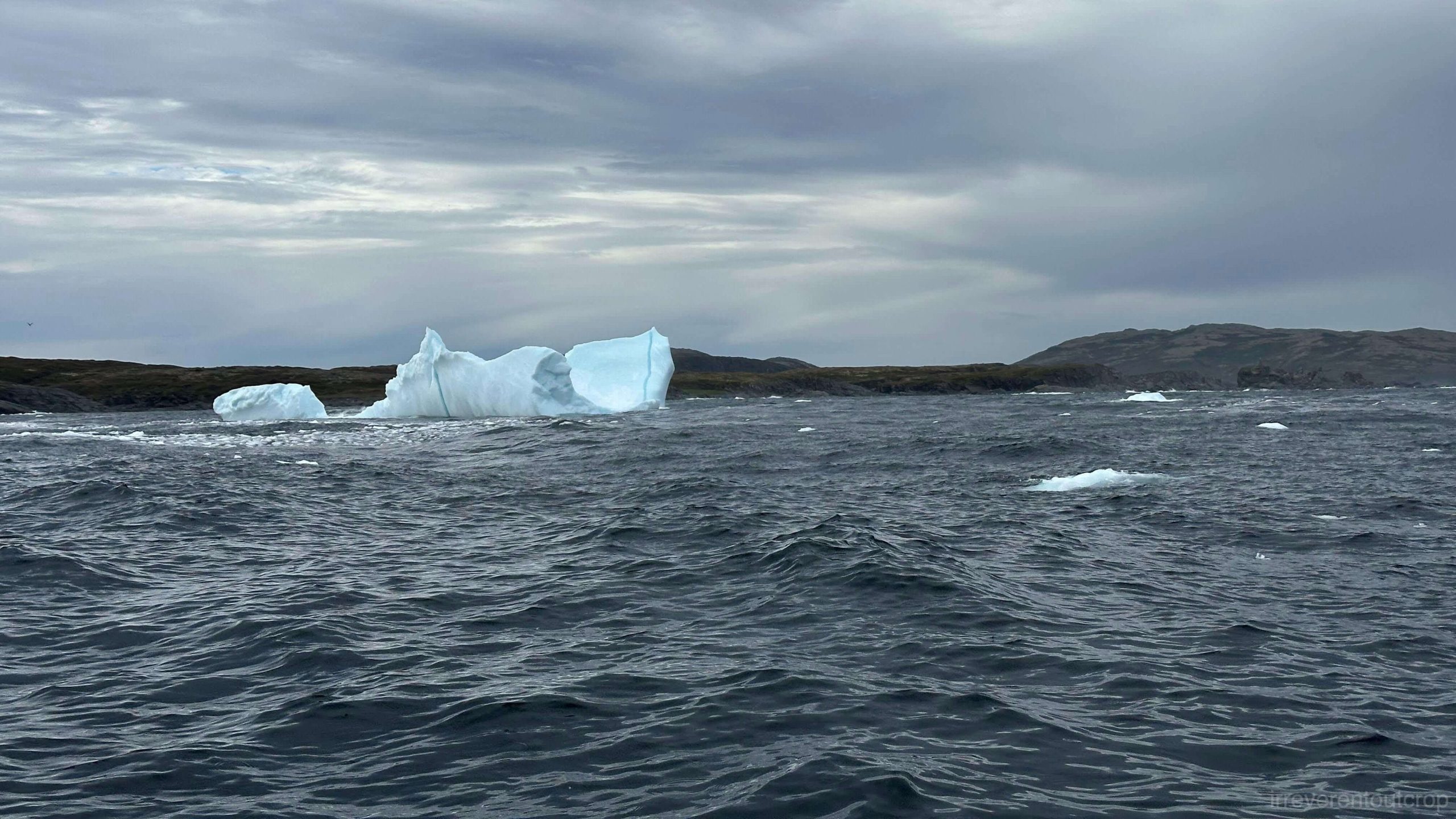
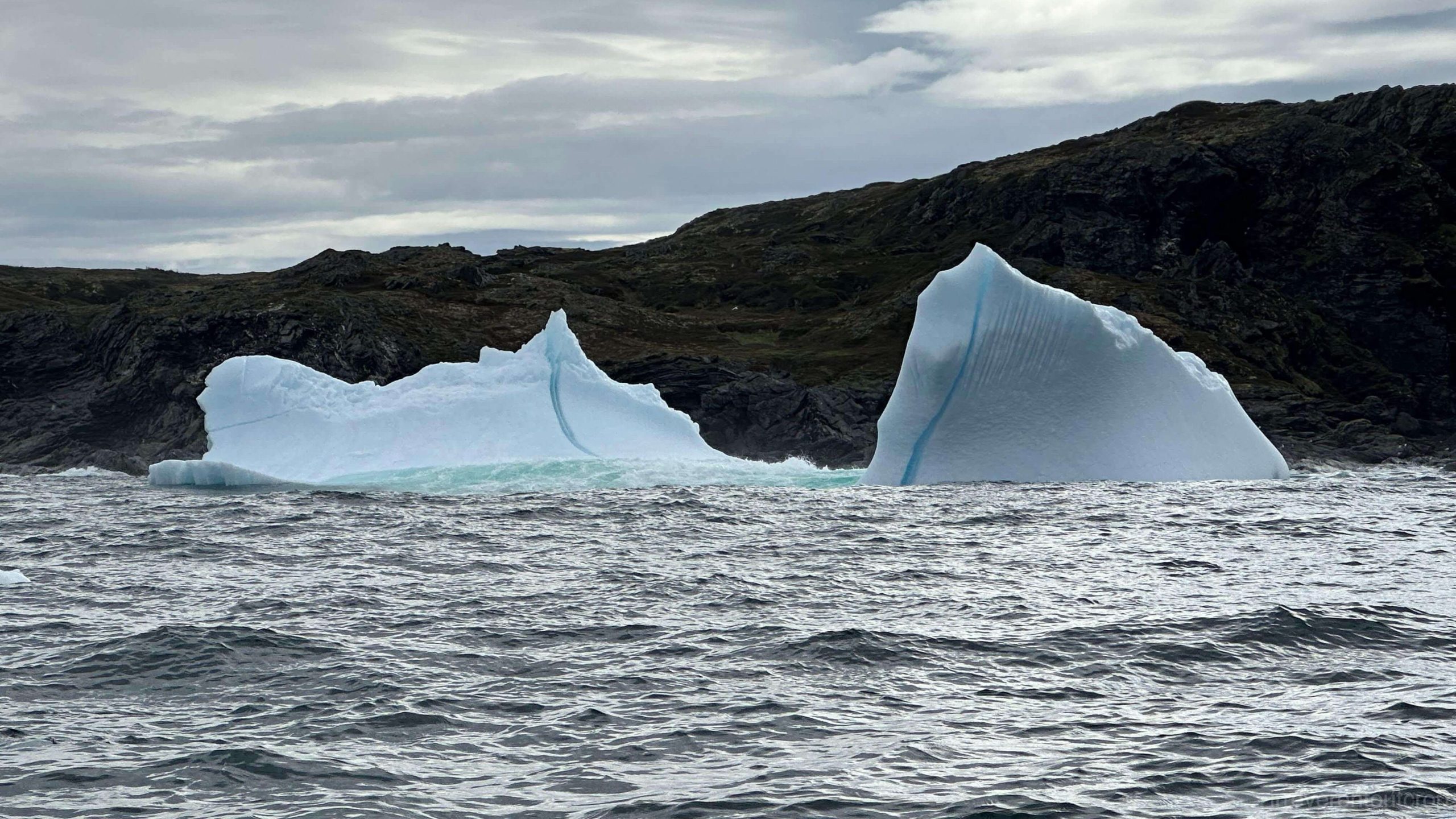
Along the rugged coastline, quite a few humpback whales were feeding.
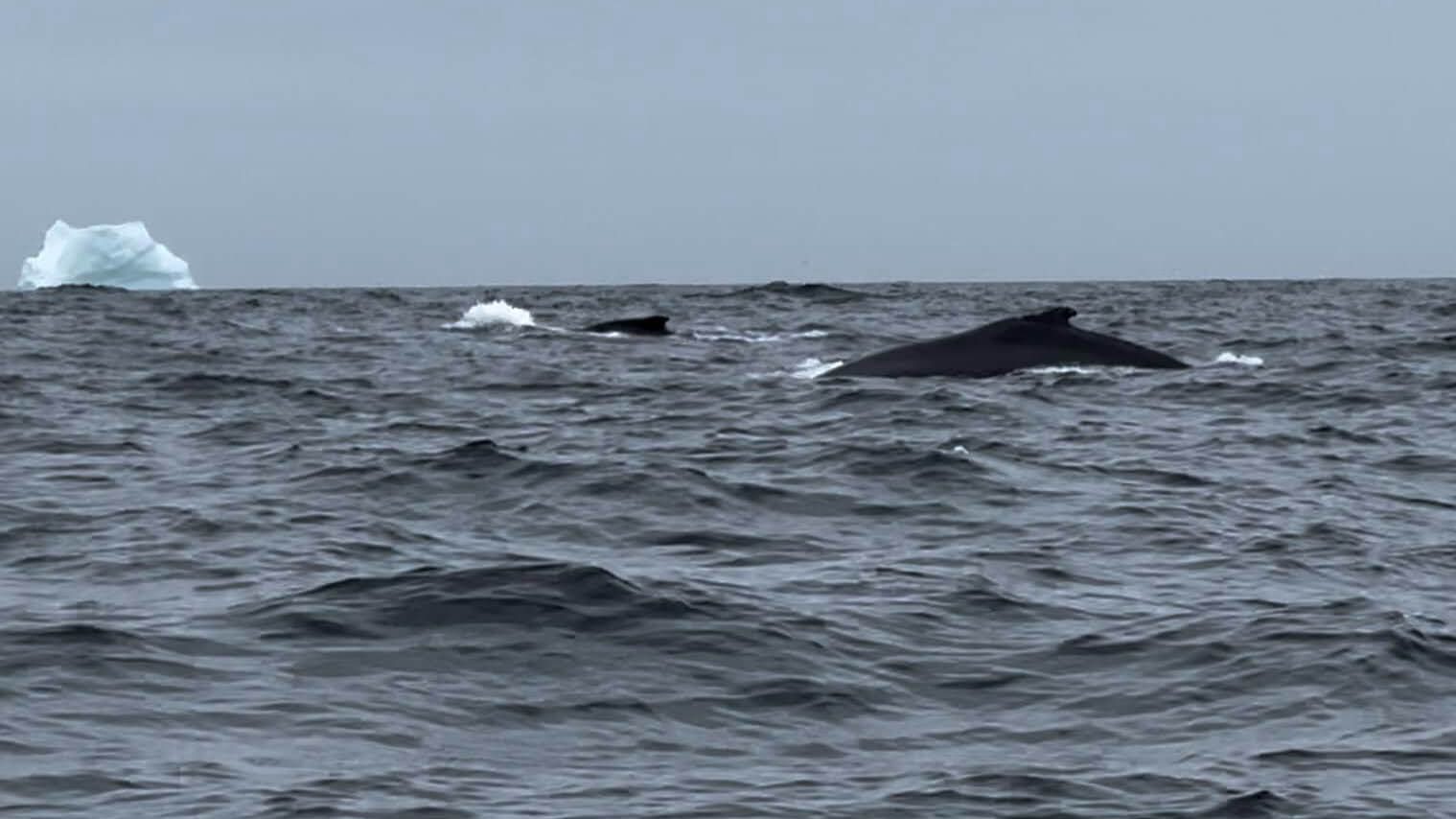
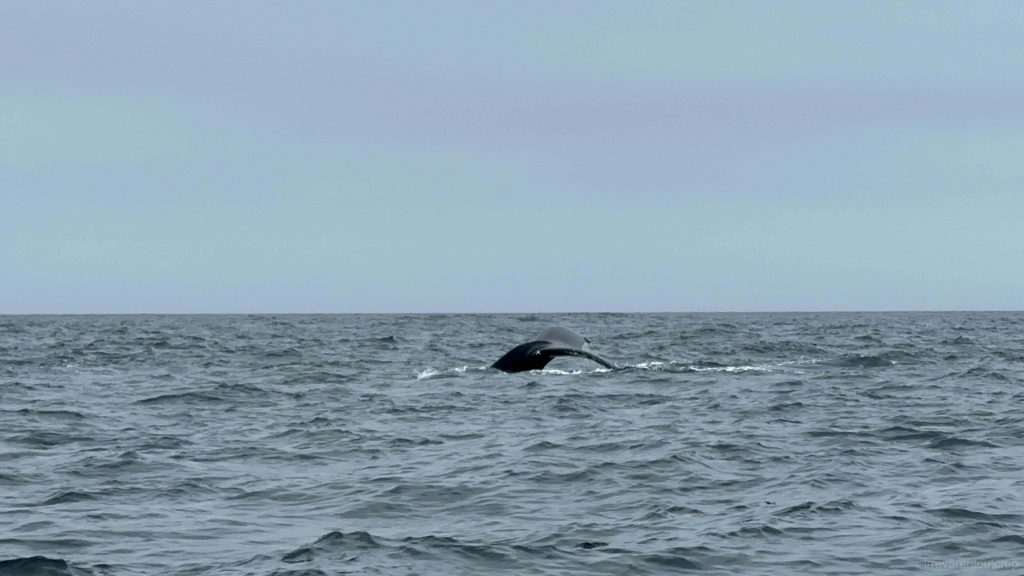
Our path took us close to the eroded cliffs along the coastline on the way back to the port, and we could see the patterns on the rock faces quite clearly.
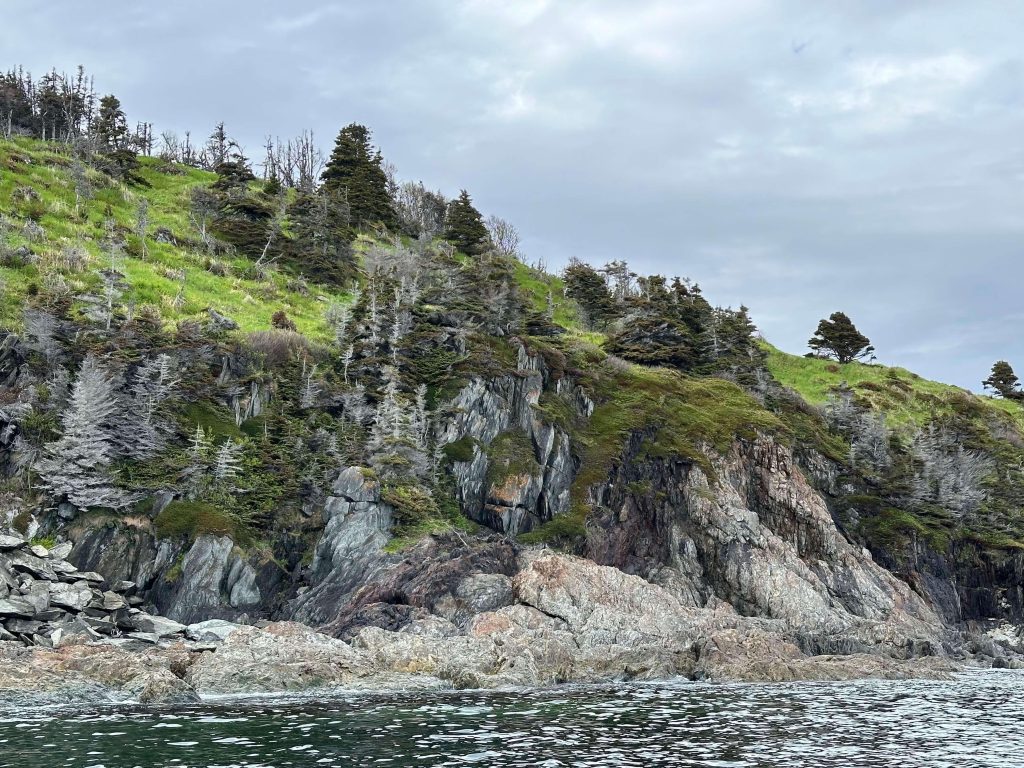
A bald eagle perched on the cliff, striking a graceful pose. The captain mentioned that bald eagles have a strong sense of territory, and every time they returned along this route, they could always spot the same eagle nearby.
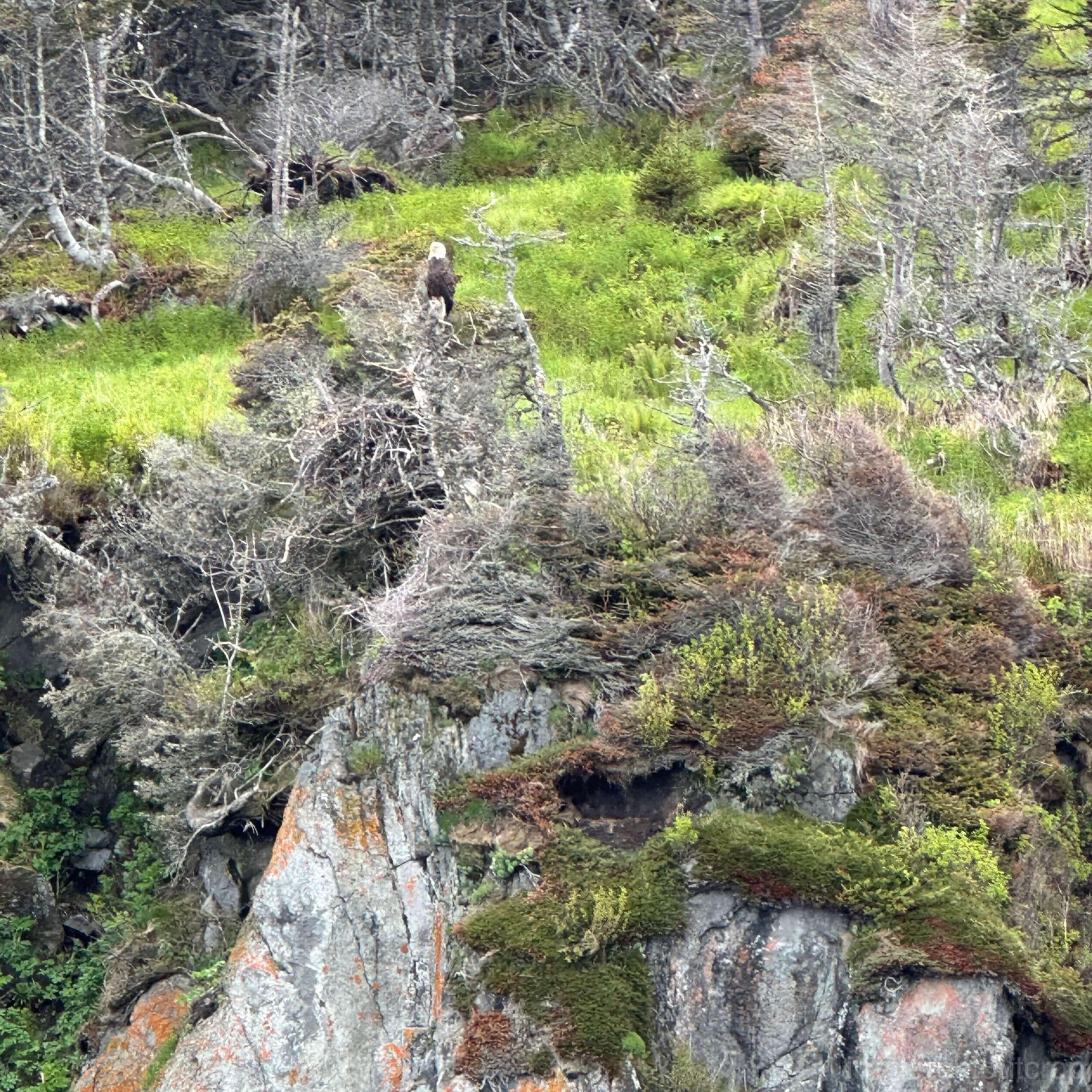
When we returned to town for dinner, we ordered a special cocktail which had a piece of ice from the ancient icebergs!

There’s more to this Newfoundland trip, and I’ll be sharing more in the future!

